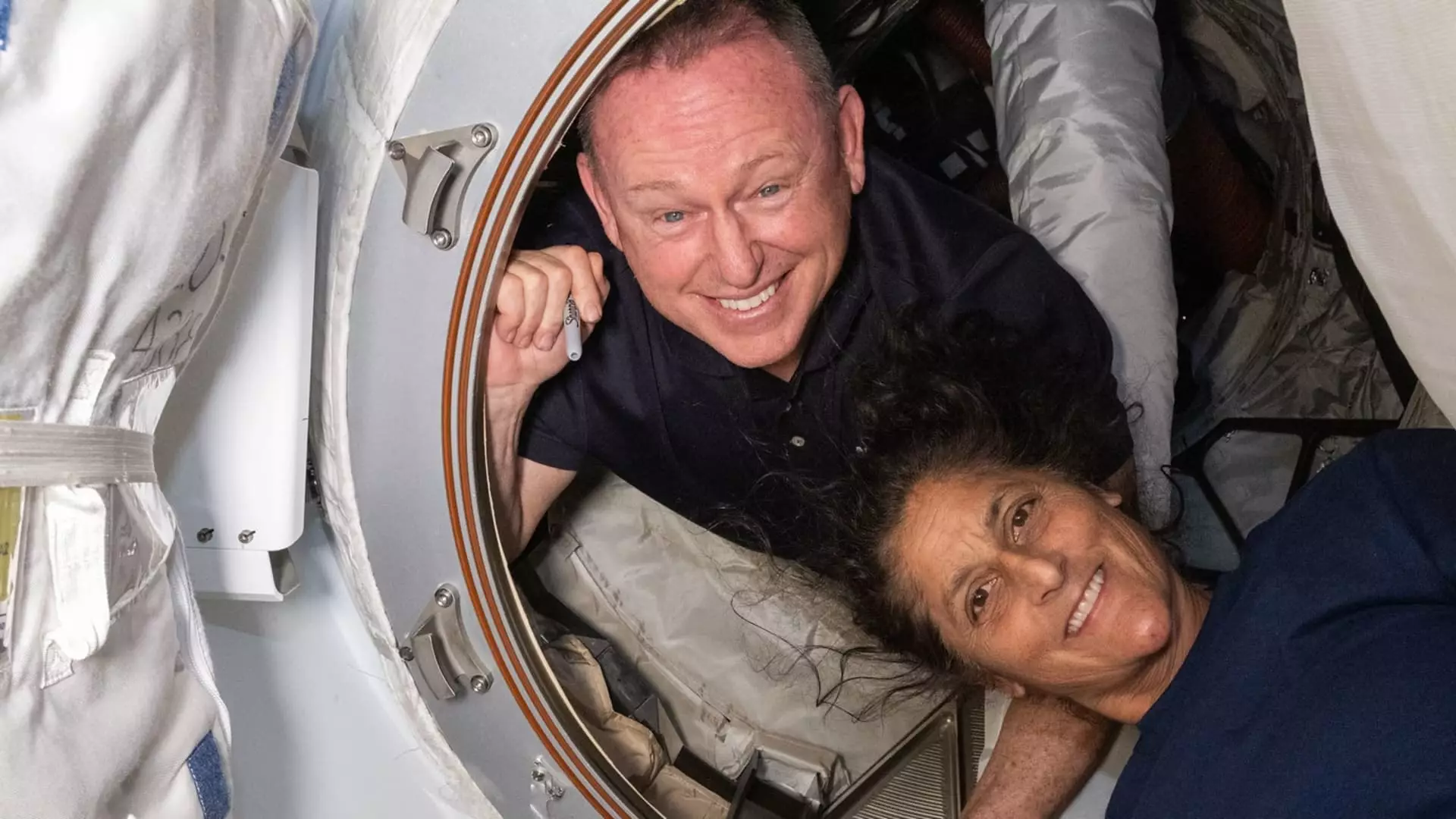Boeing recently made the decision to return its Starliner capsule from the International Space Station without the NASA astronauts that it initially delivered to orbit in early June. This unexpected turn of events was announced by the agency, with the astronauts Butch Wilmore and Suni Williams now set to return via SpaceX’s Dragon spacecraft instead.
The return of the Starliner capsule without the astronauts highlights a significant change in NASA’s plans for crew transportation. Initially, the capsule was viewed as the primary choice for returning the crew, but the recent problems faced during the crew flight test, particularly with its propulsion system, have led to this shift in strategy. NASA’s decision to have Wilmore and Williams return via SpaceX’s Dragon spacecraft instead of Starliner marks a significant setback for Boeing and the future of its involvement in NASA’s Commercial Crew program.
NASA Administrator Bill Nelson emphasized the importance of safety in the decision-making process, noting that test flights are neither safe nor routine. The technical disagreements between NASA and Boeing regarding the safety of returning the crew in the Starliner capsule further underscore the challenges faced by both organizations in ensuring the reliability of crew transportation to and from the ISS. The commitment to safety remains a top priority for both NASA and Boeing, despite the setbacks faced during the crew flight test.
The decision to return the Starliner capsule empty raises questions about the future involvement of Boeing in NASA’s Commercial Crew program. With over $1.5 billion in losses already absorbed by the company, the setbacks encountered during the crew flight test threaten Boeing’s continued participation in crew transportation missions to the ISS. The ongoing challenges with the propulsion system and the thrusters of the Starliner capsule further highlight the need for rigorous testing and evaluation to ensure the safety and success of future crew missions.
SpaceX’s Role in Crew Transportation
In light of the recent developments with the Starliner capsule, SpaceX’s Dragon spacecraft has emerged as a reliable alternative for crew transportation to and from the ISS. The decision to have Wilmore and Williams return via SpaceX’s Dragon spacecraft underscores the confidence that NASA has in SpaceX’s capabilities to safely transport astronauts. SpaceX’s readiness to support NASA in crew transportation missions highlights the company’s commitment to ensuring the success of future space missions.
The Road Ahead for NASA and Boeing
As NASA conducts another phase of its Flight Readiness Review to determine the next steps for bringing the Starliner capsule back to Earth, both NASA and Boeing face challenges in addressing the technical issues encountered during the crew flight test. The need for continued collaboration and communication between the two organizations is crucial in overcoming the setbacks and ensuring the safety and success of future crew missions to the ISS. Overall, the recent developments with the Starliner capsule serve as a reminder of the complexities and challenges involved in crew transportation to space.

